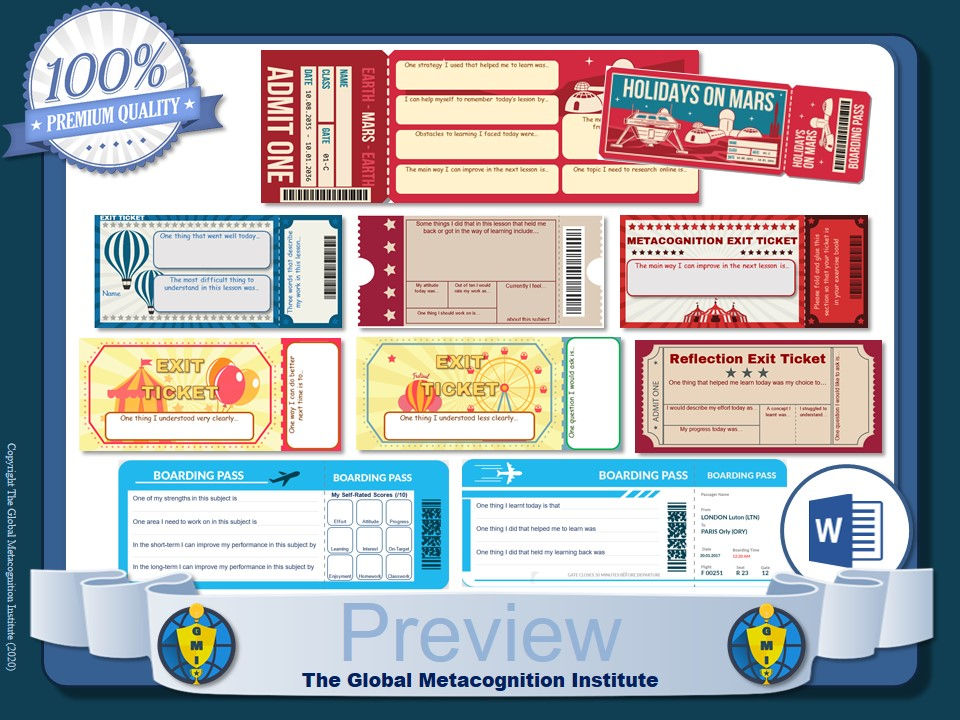top of page

Educational resources that boost metacognition & nurture self-regulated learning in schools!
Widget Didn’t Load
Check your internet and refresh this page.
If that doesn’t work, contact us.


Subscribe to our newsletter...
Join us today and download our entire suite of over fifty teaching resources for metacognition & self-regulated learning!
Your membership plan will allow you to download our entire range of teaching resources (view here) to learn more and to register click here. Department & Whole-School Plans include access to in-house teaching resources. Whole-School Plans also grant all of your school's teachers access to our online teacher-training course focused on metacognition and self-regulated learning.
bottom of page












































